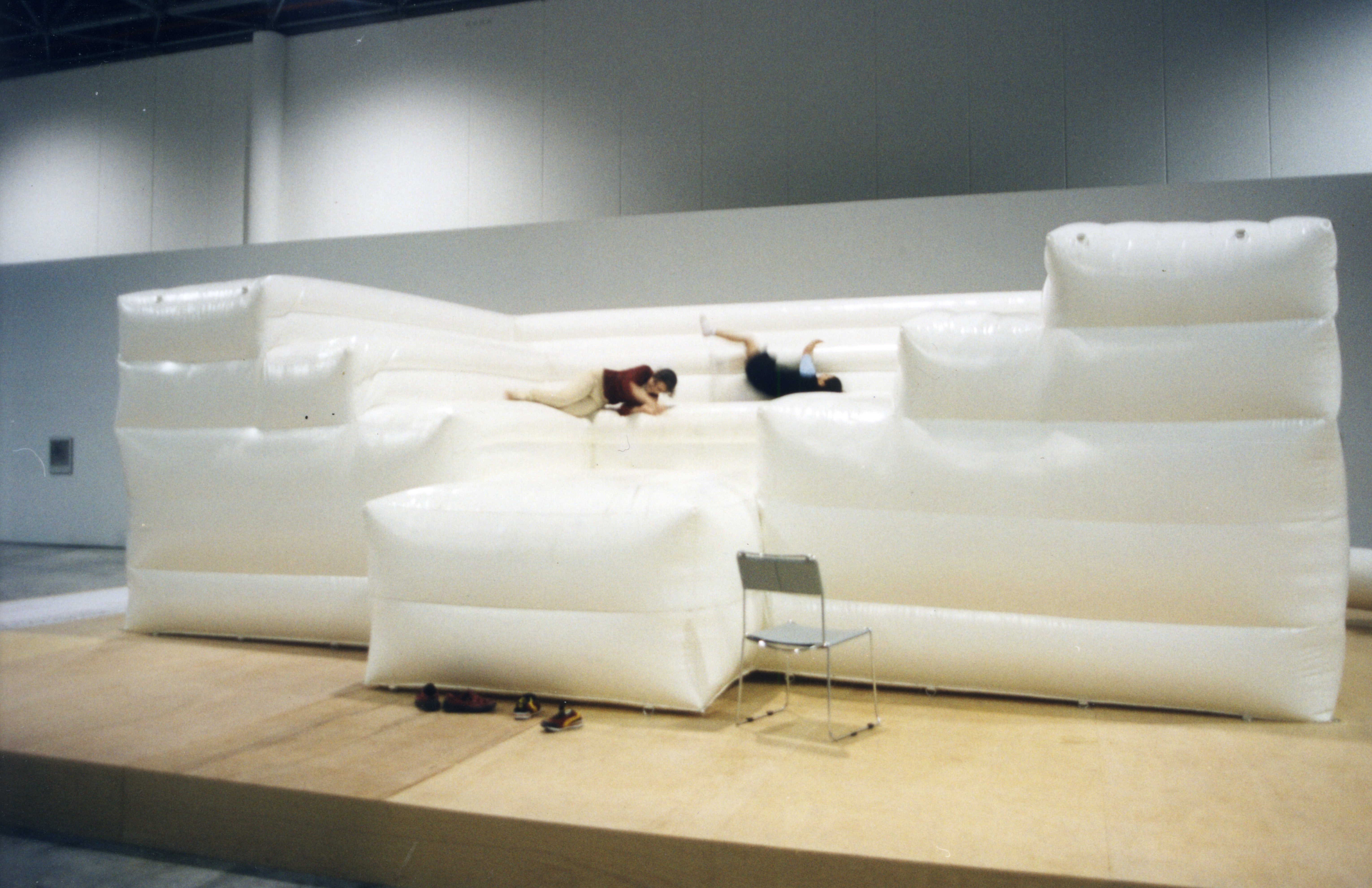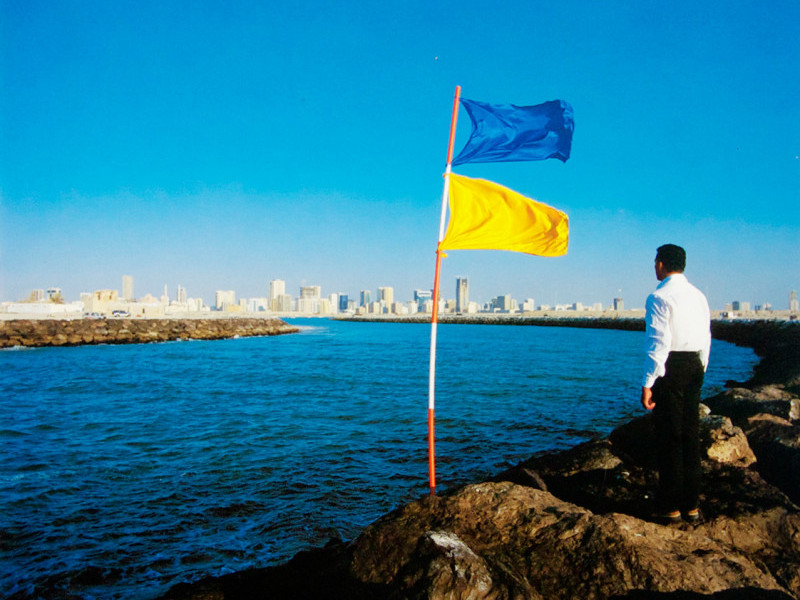
David goldenbrg & Wim Salki, 2002-2003
Homeless Projects
David goldenbrg & Wim Salki, 2002-2003
Installation view
search


Homeless Projects
David goldenbrg & Wim Salki, 2002-2003
Installation view
An open invitation to contribute to a participatory Dictionary of Post-Autonomous Terms.
This project aims to broaden an enquiry into the notion of 'Post-Autonomy', as initially suggested by the German theorist and practitioner Michael Lingner. So far, this notion is not fully formulated. "Homeless Projects" has, since its inception in 1998 sought to stage projects that examine the problems inherent in a Western art practice and a search for other possible models to replace the existing model. Post-Autonomy should be seen as one such model.
The notion of Post-Autonomy is seen as an umbrella term that collects together material for a new practice - within the scenario of the current culture industry's 'crisis'. A contemporary practice is sought that, in a situation preceding the invention of what has been known as 'art', initiates a process; the reinvention of something equivalent. The Dictionary of Post-Autonomous Terms begins this process through the potentialities offered by crisis.
By staging a participatory project, looking at developing and researching the terms and language to define Post-Autonomy, the notion of the construction of its meaning is shifted away from a single source to multiple sources and interpretations.
A Dictionary of Post-Autonomous Terms.
Entries into the project follow the basic "a-b-c" structure of the alphabet. A separate letter corresponds to each day and entries beginning with that letter are entered on that day. The alphabet and any of the entries can be recycled throughout the course of the exhibition, allowing the opportunity of re-examining the accumulated material which can be extended, edited, deleted, revised, etc.
The central questions of the project:
1] Can a dictionary that is specific to notions concerning Post-Autonomy be compiled?
2] Is it possible to expand the notion of Post Autonomy into an actual and concrete practice?
What is Post-Autonomy and what do we need in order to start to compile a dictionary of terms? The notion of autonomy, alongside the exhibition of art, coincides with its ideal and it conspires with these contiguous elements, that understanding of art which still coheres. In rethinking how art 01 a contemporary practice coheres and whether can be reinvented, it is necessary to look for the differential and contingent principles that underwrite its coherence.
The notion of Post-Autonomy sketched out by Lingner can be seen as a blue print for a future practice. Assembled from existing elements to be found in contemporary art - exhibitions. project., artist practices - to assemble the idea of a radical practice, in terms of rethinking all aspects of how we perceive, think and stage normalisation of art without specifying its actual materialisation, and it is here where the challenge exists.
Since we do not have the language or ideas to be able to analyze the object of a contemporll'ry practice, it is necessary to examine the object as an absence. So it is possible to start thinking our way into a Post-Autonomous practice by thinking through Clegg and Guttman's notion of the theoretical disappearance of the institution of art. What happens if the art institution or art itself disappears? How would we begin to rebuild our understanding of these things? What are the important aspects that we would want to continue and what would we throwaway? How would we recognize a contemporary practice?
These speculations tap into the tradition of the expanded field of art, recent strands of enquiry continuing the tradition of institutional critique, of the Duchampian question into the legitimisation of art and of ideas circulating around new public art.

Sharjah Biennial 6